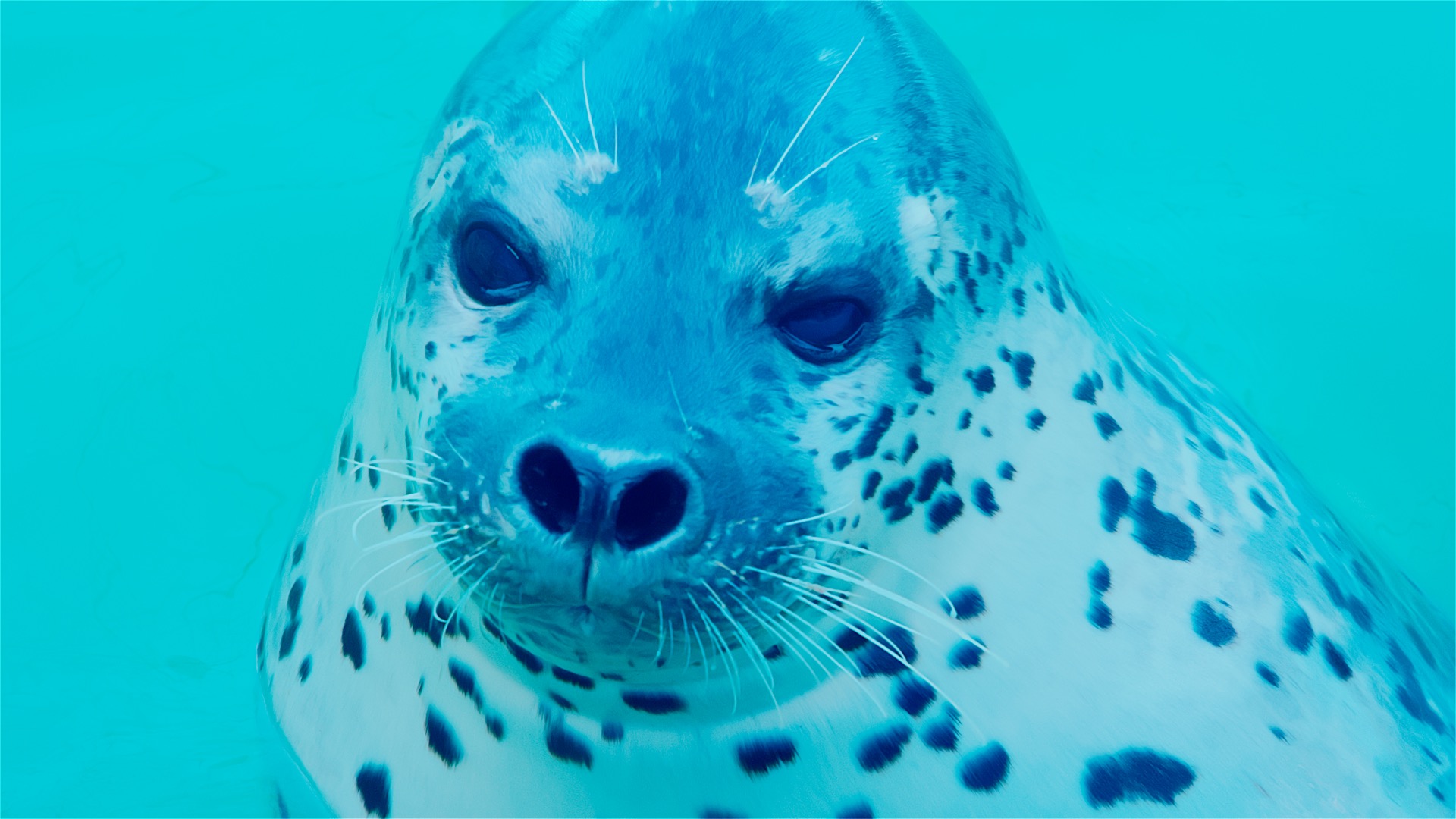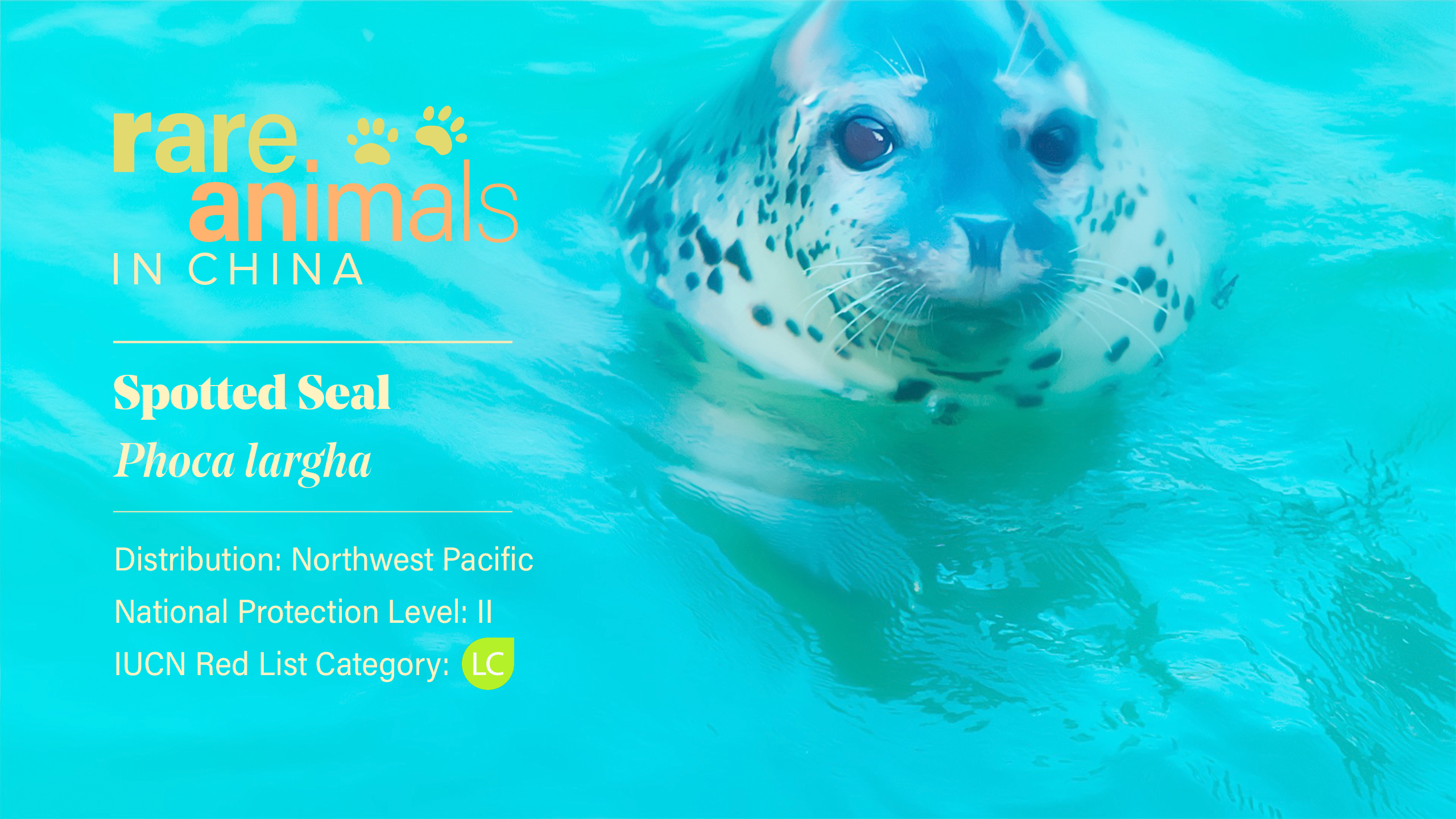The innocent-looking seal is the favorite animal of many people. CGTN Nature film crew traveled to east China's Shandong Province to meet a very special species, due to its rarity in the country.
01:05

The spotted seals are members of the marine mammals family.
For their complete story, click here: CGTN Nature: Changdao Series: | Ep. 6: Left Behind Seals
All pinniped species, including spotted seals, are under class-B national protection in China. The term pinniped refers to a clade of carnivorous, fin-footed, semiaquatic marine mammals, including walrus, earless seals ("true seals"), and eared seals (sea lions, fur seals).
If you have a problem telling them apart, check our explainer in the following link: Try differentiating seals from sea lions, and other marine mammals!

The spotted seal is not an endangered species worldwide; however, it is still a rarely-seen guest in China. They do not live in the country, but breed here: every winter, they visit waters in North China, mate, and give birth to cubs on floating ice.
Ice is crucial for the species as the cubs stay in it for a few weeks before they can go into the water. Therefore, global warming is a real danger as it causes a reduction in the Arctic ice floes. If the sea ice forms too late and melts too early, it may be fatal for the vulnerable newborns who have not changed into their waterproof fur coat.
Besides, human activities, such as marine traffic, industry noise, and ocean pollution may also bring danger to the species. Chinese conservation centers are striving to protect spotted seals.
Check the "Circle of Life" series for the story of a female seal and her baby returning to the wild.
About Rare Animals in China
How many rare animals in China can you list? The panda, red panda, snub-nosed monkey, snow leopard ... We might help you name 100 – or even more.
China is home to a rich biodiversity. This series focuses on the rare animals that inhabit China and are under national protection. They need us, and the first step for protection is to learn about them.
(Images credit to CGTN Nature film crew. Cover designed by CGTN's Chen Yuyang)
(If you want to contribute and have specific expertise, please contact us at nature@cgtn.com.)